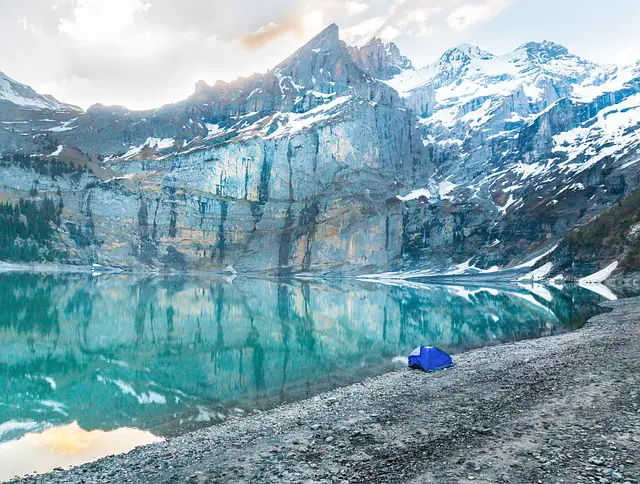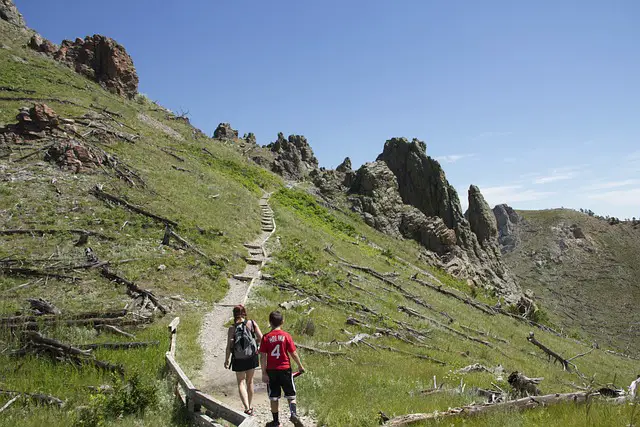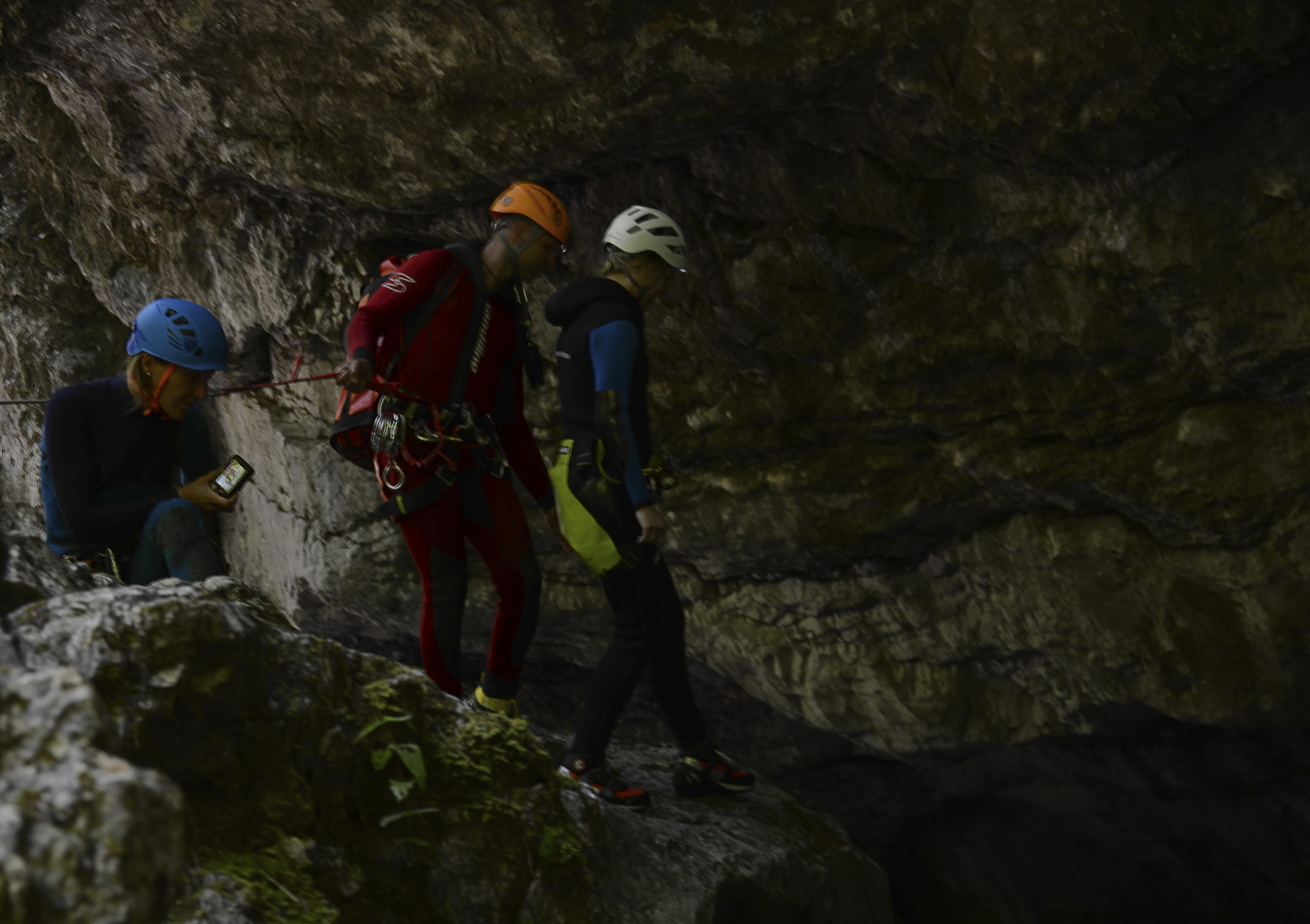When it comes to mountaineering, your tent is significantly more than just a place to sleep at night; it’s your shelter against all the elements nature throws at you. As the saying goes, “less is more,” and it’s no exception with mountaineering tents. These lightweight structures are primarily designed to provide the necessary protection against wind, rain, and cold temperatures while being easy to carry and setup.
Why is a Mountaineering Tent Essential?
Mountaineering is all about facing nature’s challenges head-on. Your shelter’s quality and how well it suits your needs can either make or break your expedition. Here’s why a mountaineering tent needs a spot in your vital gear list.
Protection Against Weather
Weather on the mountain is often unpredictable. A mountaineering tent is designed to withstand harsh weather conditions like extreme winds, heavy snow and rain. Its dome-shaped structure prevents snow accumulation and helps it to stay stable during violent winds.
Necessary Rest and Warmth
Mountaineering is a strenuous activity. After a day’s hike, your body needs rest, and the tent provides a comfortable, warm environment. It aids in retaining body heat, allowing your body to recharge for the next day.
What Makes a Great Mountaineering Tent?
When looking to invest in a mountaineering tent, certain factors must be considered.
Lightweight and Compact
Your camping gear should be as lightweight as possible. A heavy tent could potentially make your hike more difficult. Ideally, the tent should be light enough to carry on long treks yet durable enough to withstand harsh weather.
Easy Setup
Mountaineering can be tiring. Your tent should not add to this exhaustion. It should be simple enough to set up, even in the harshest weather or on uneven terrain.
Weather Resistance
Your tent should be able to withstand various weather conditions. A good mountaineering tent should have a strong shell, sturdy poles, and robust fabric to provide maximum protection against wind, rain, and snow.
Are all Mountaineering Tents the Same?
Not all mountaineering tents are created equal. They come in a range of sizes, designs, and materials, each with its pros and cons.
Single Wall Tents
Single wall tents consist of one layer of waterproof, breathable fabric. They are lightweight and compact, making them ideal for high altitudes and extreme weather.
Double Wall Tents
Double wall tents come with an inner tent and a separate rainfly. They offer better ventilation and condensation management compared to single wall tents but are significantly heavier.
Four-season Tents
Four-season tents are designed for year-round use. They are typically robust and well-insulated, making them suitable for cold, snowy conditions. However, they might be overkill for warmer weather trekking.
In conclusion, your mountaineering tent is a vital piece of equipment on any expedition. It not only offers protection from the elements but also provides a comfortable space to rest and recharge. Make sure to consider your specific needs and preferences when picking the perfect one. After all, it’s not just a tent; it’s your home away from home on the mountains.




